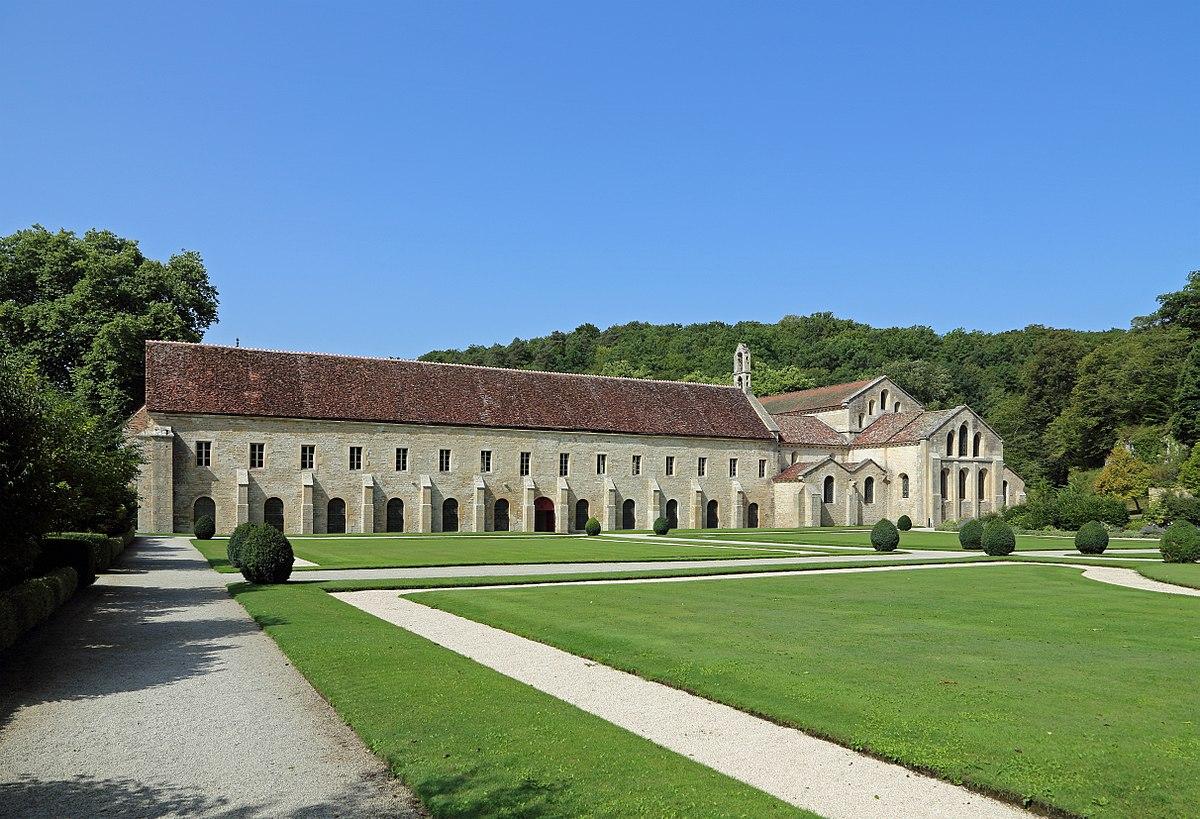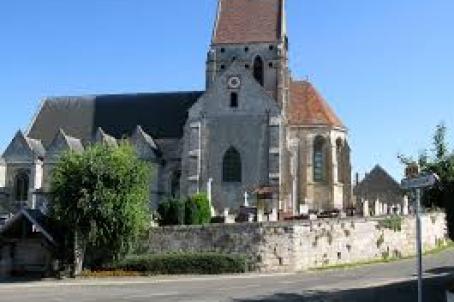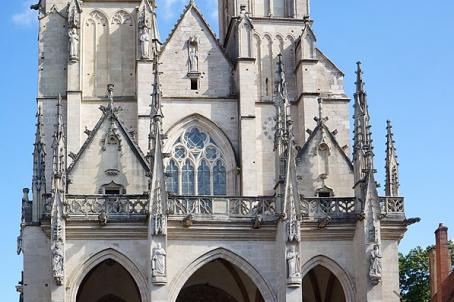Fontenay Abbey

Fontenay is often taken as an example to illustrate the typical plan of the Cistercian Abbey. This is no doubt due to the exceptional state of conservation of the Abbey, but also because of its early date of construction and its architectural homogeneity. Today we can think that Fontenay was one of the models used to define the Cistercian plan which was later taken up by many abbeys of the order.
About this building
The oldest preserved Cistercian abbey, characterized by its simplicity of ornamentation. Because of its influence, all the abbeys have the same principles: a church leaning against the cloister and the various monks' rooms distributed around this central space. In addition, the work buildings are separated from the buildings of prayer and life.




